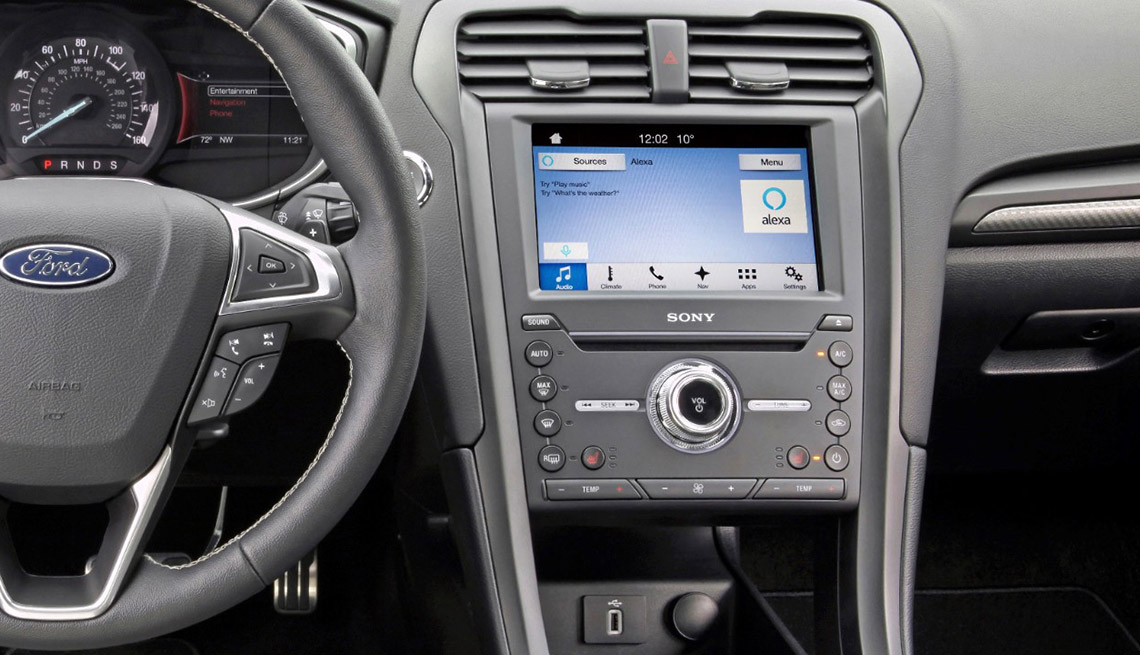
- Select a language for the TTS:
- UK English Female
- UK English Male
- US English Female
- US English Male
- Australian Female
- Australian Male
- Language selected: (auto detect) - EN
Play all audios:
Teams, Microsoft’s Slack rival, has always had a bit of a reputation for being slow and resource-hungry. Given that it always felt like Microsoft hurried the service’s launch to respond to
the success of Slack, that’s maybe no surprise. Now, that’s changing, though, with the preview launch of the new Teams. Microsoft calls this a “reimagining of Teams from the ground up” and
promises that the new application will feature twice the performance, all while only using half as much memory as before. With this, joining meetings should now be 2x faster, while switching
between chats and channels will be 1.7x faster. In addition, the company also redesigned the overall user experience. In its earnings release in January, Microsoft noted that Teams now has
280 million monthly active users. That’s up from 250 million in July 2021 and 270 million in January 2022. That isn’t exactly staggeringly fast growth, though, to be fair, the days of rapid
collaboration software adoption during the early part of the pandemic are obviously over. The company plans to make this new version of Teams available to all users later this year, but it
is now rolling out to Windows users who opt into the company’s Public Preview program (though an admin may have to enable this for your organization first). Once enabled, users can easily
toggle back and forth between the new and old version. Microsoft stresses that, at least for the time being, users will always be able to switch back to the old Teams experience. Mac support
is coming later this year. The company says it optimized the Teams data, network, chat and video architecture to achieve this. A significant part of this enhancement also results from the
app’s transition from Electron to Microsoft’s Edge WebView 2 rendering engine. Microsoft also notes that it moved from using AngularJS as the web development framework for Teams to React for
building the user interface and standardized on Microsoft’s Fluent UI UX controls. “When the development of Teams began in 2015, these choices enabled the rapid delivery of cross-platform
web and desktop clients,” the company’s corporate VP of engineering, Sumi Singh, explains in a blog post today. “However, as the capabilities and innovation of Teams expanded significantly
over time, it placed strain on device resources. Recognizing this, the team began analyzing available technologies, benchmarking, building prototypes, and defining the new architecture known
internally as the ‘north star.’” The company began this transition when it introduced a built-in Teams experience in Windows 11 and it seems those efforts are now bearing fruit with the new
Teams launch. Microsoft also noted that it aimed to make using the new Teams easier to use. “We are always looking for ways to provide a simpler yet feature-rich experience for our diverse
and growing user base. That’s why we are excited to roll out enhancements to the core Teams experience that will make it easier for you to stay on top of your notifications, search for
information, manage your messages, and organize your channels – all with fewer clicks,” writes Jeff Teper, Microsoft’s president of its Collaborative Apps and Platforms group. Of course,
Microsoft also plans to include more AI-enabled features into Teams. The company already unveiled Copilot for Microsoft Teams earlier this month — and it’s likely we’ll see a slew of
additional AI-based features following suit. That is, after all, all Microsoft wants to talk about these days. (CORRECTION: we previously reported that the 280 million was new. Microsoft had
previously reported it in January. We have corrected the story.) > Microsoft Teams gains animated avatars and AI-powered recaps







